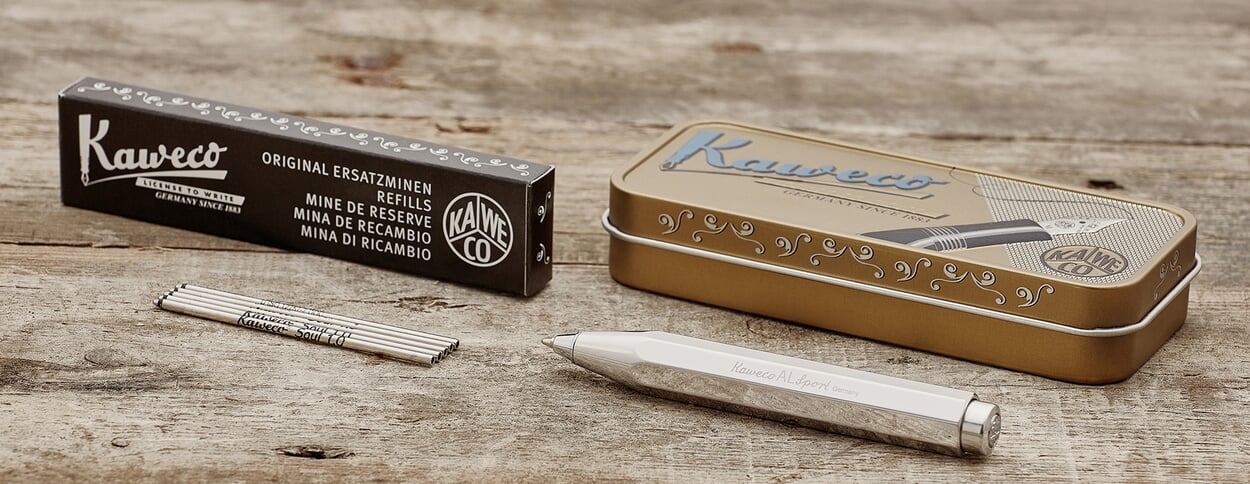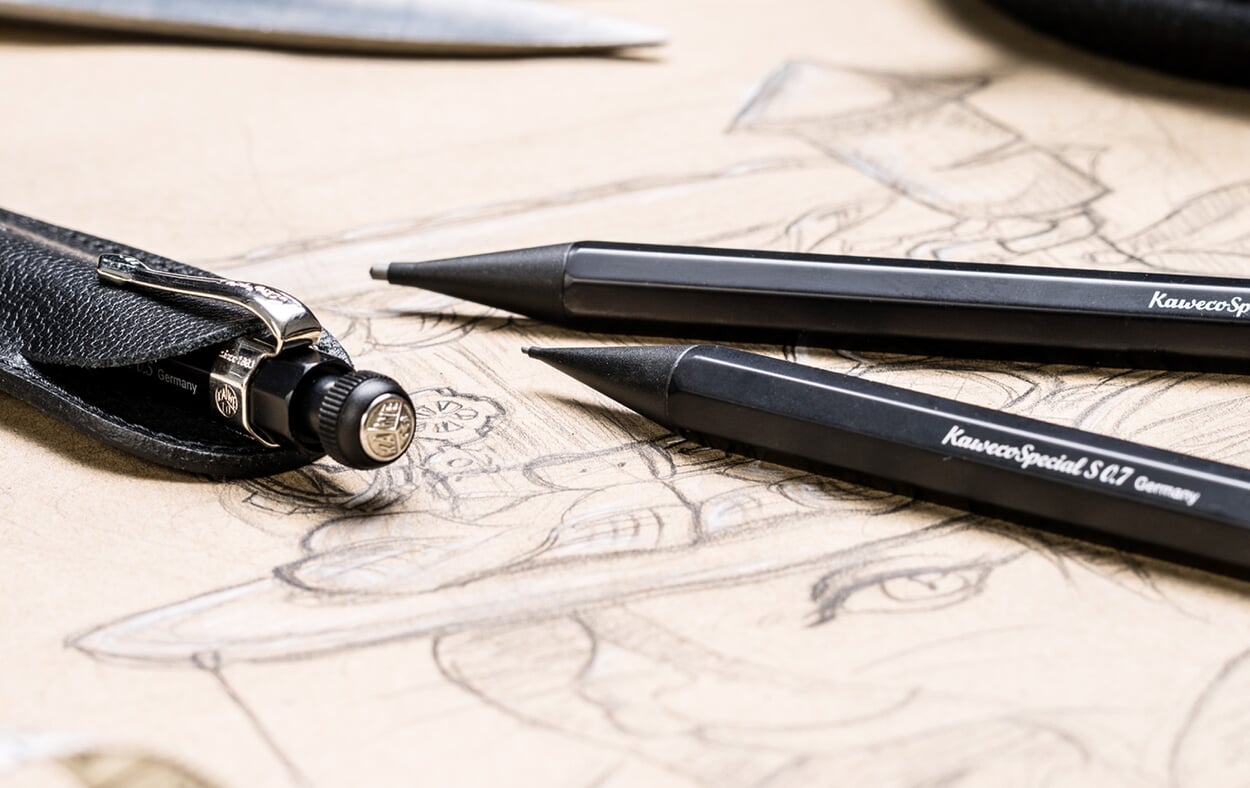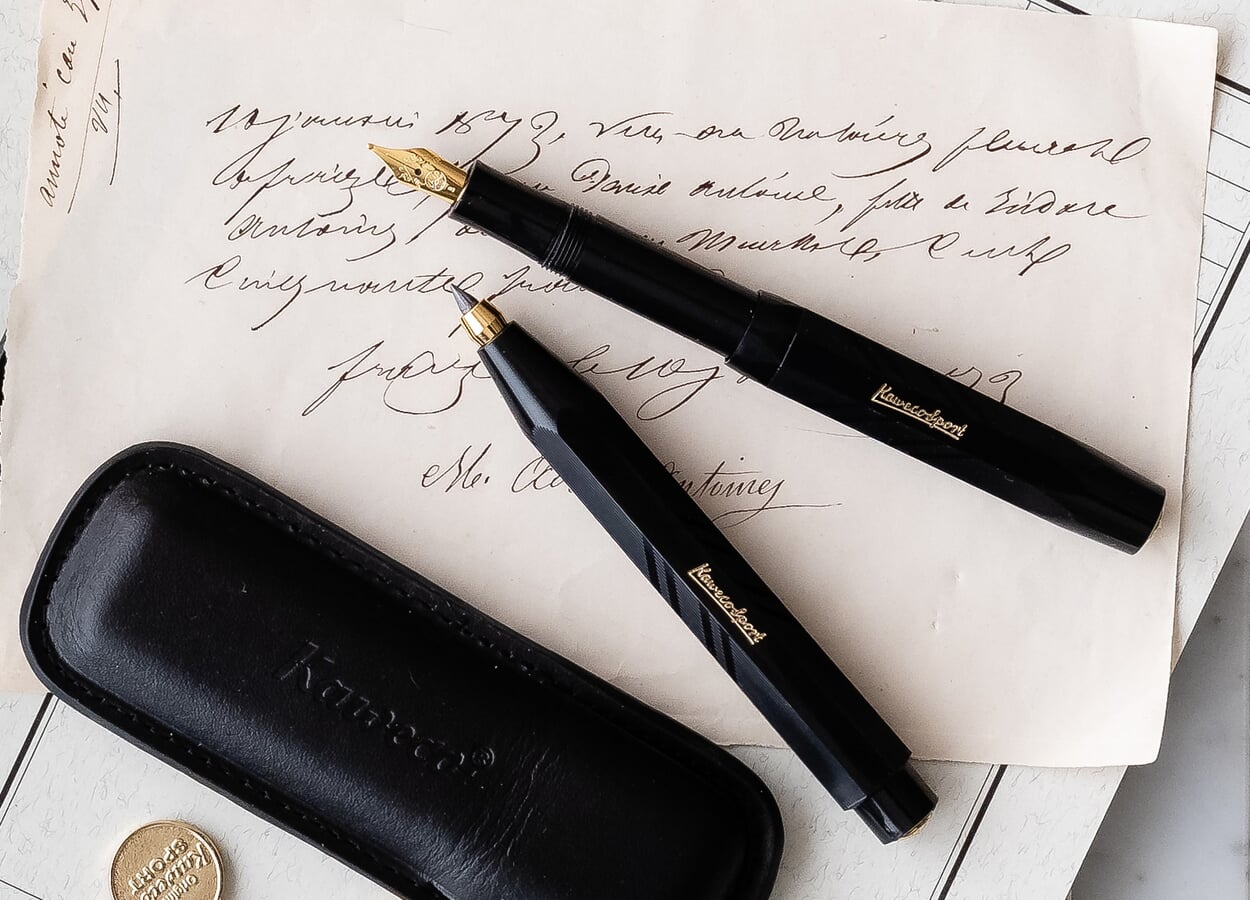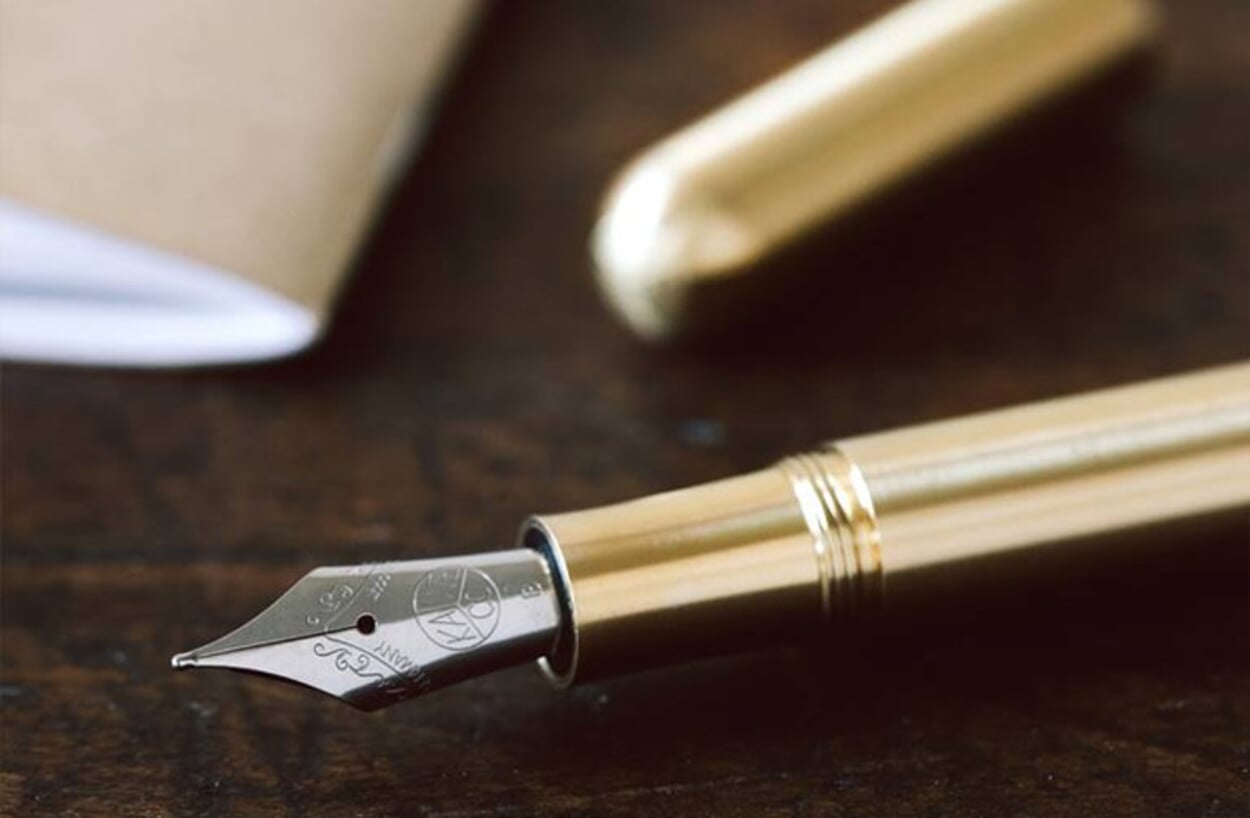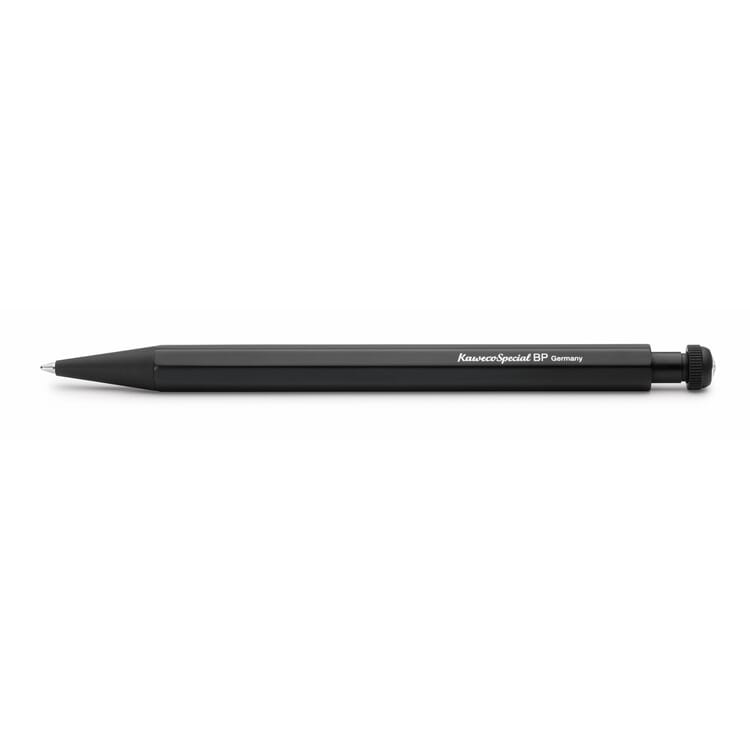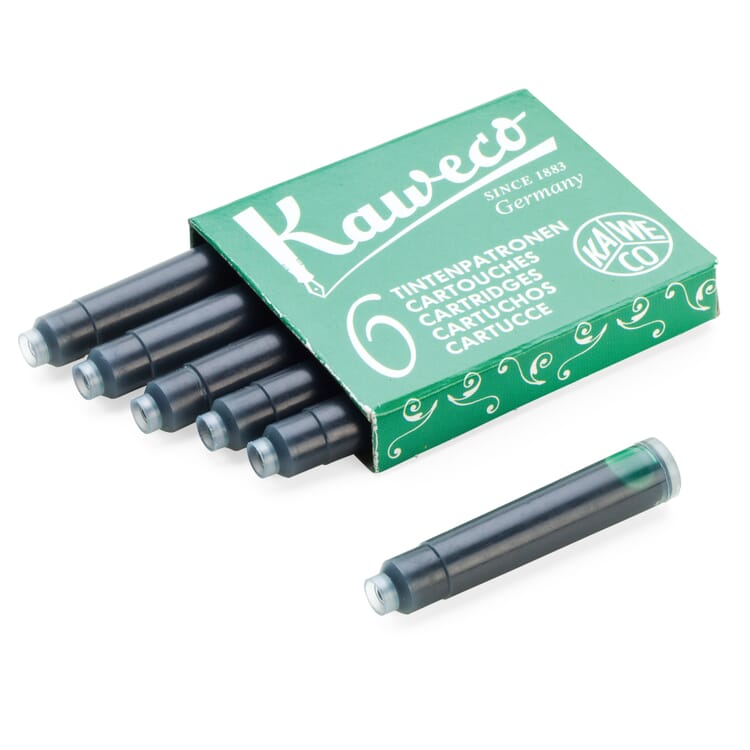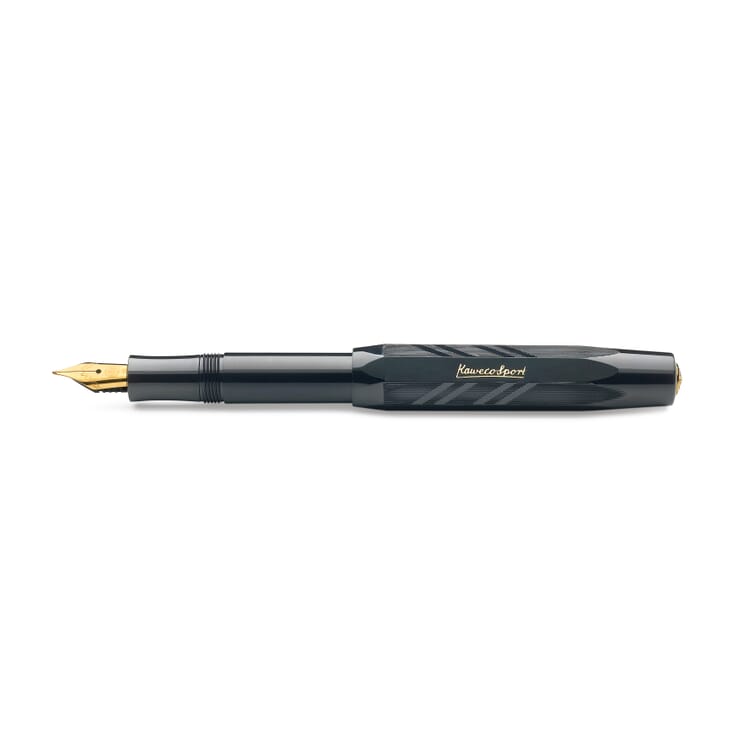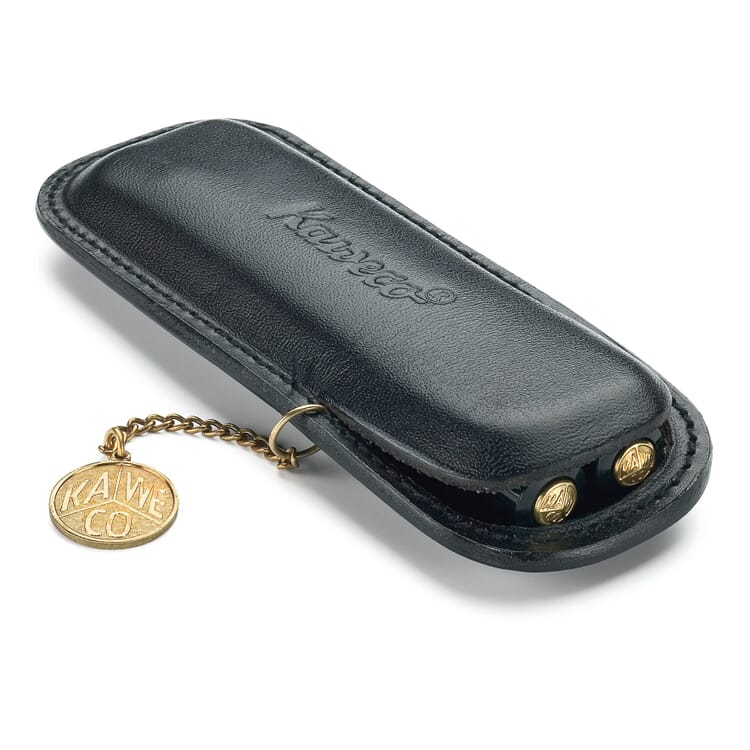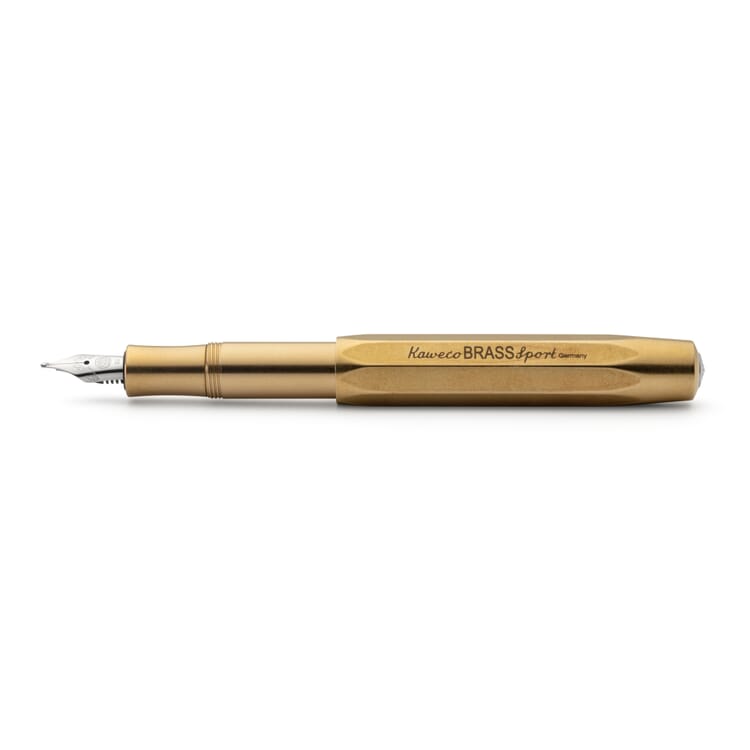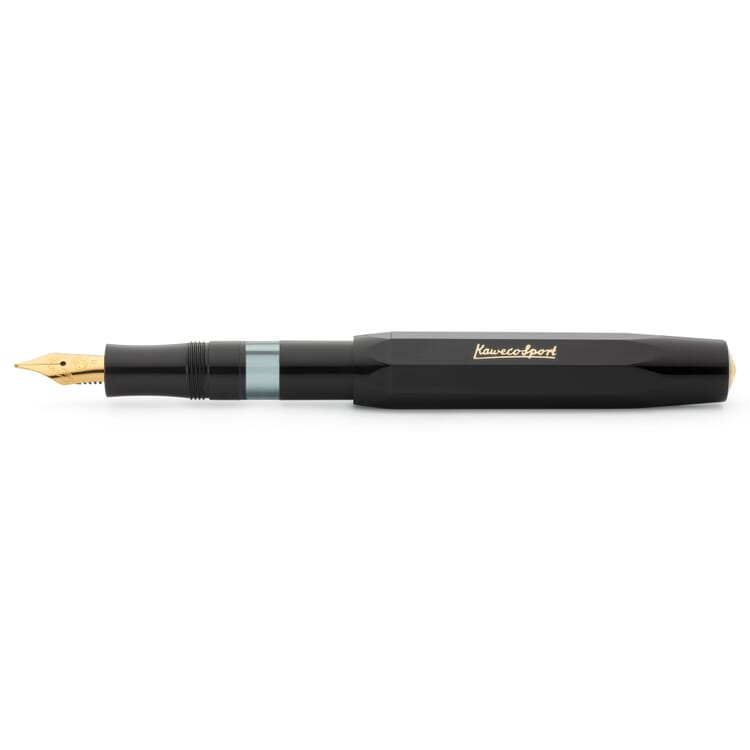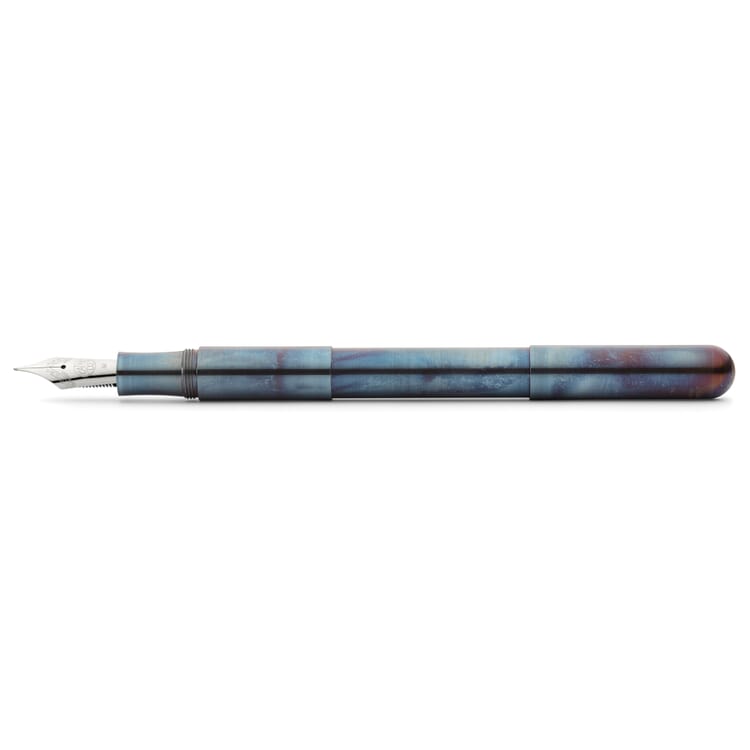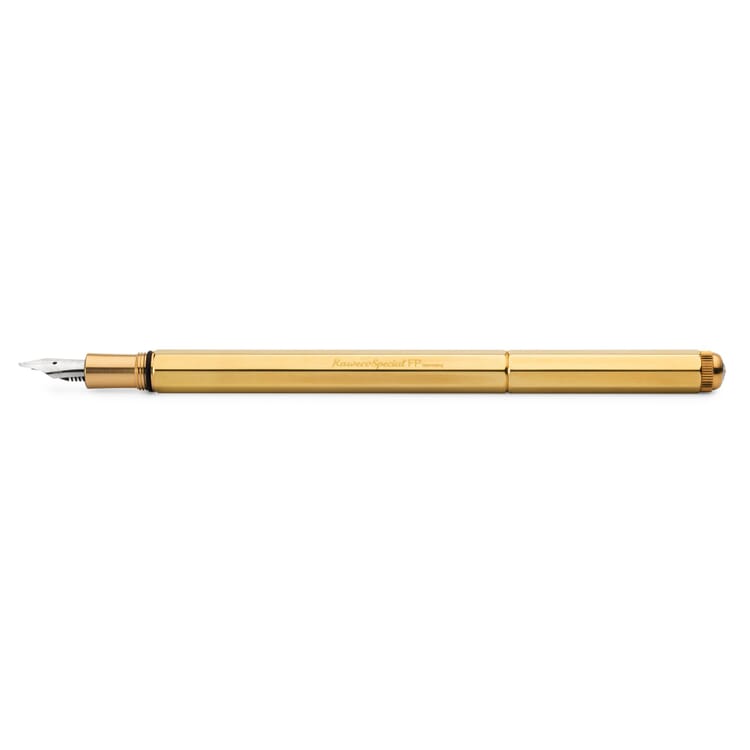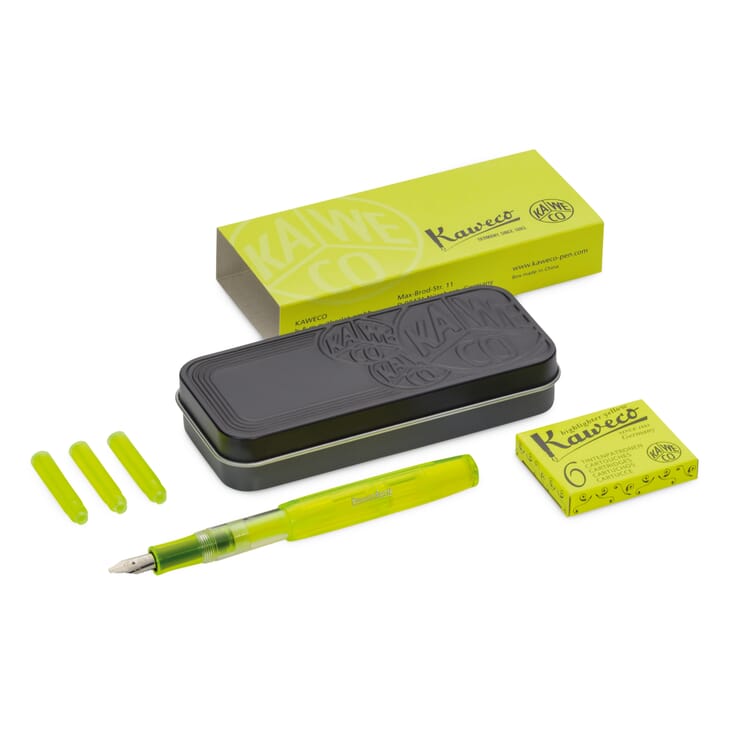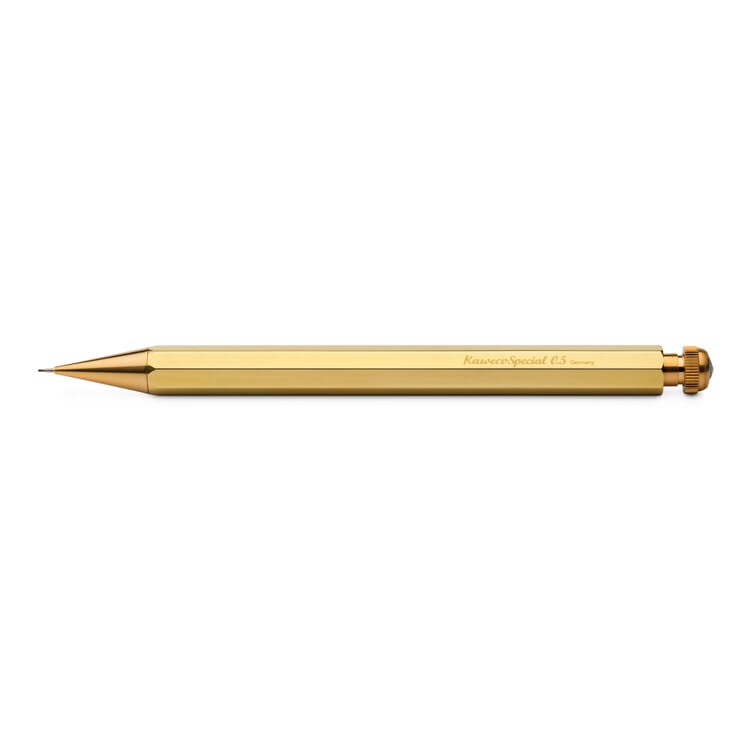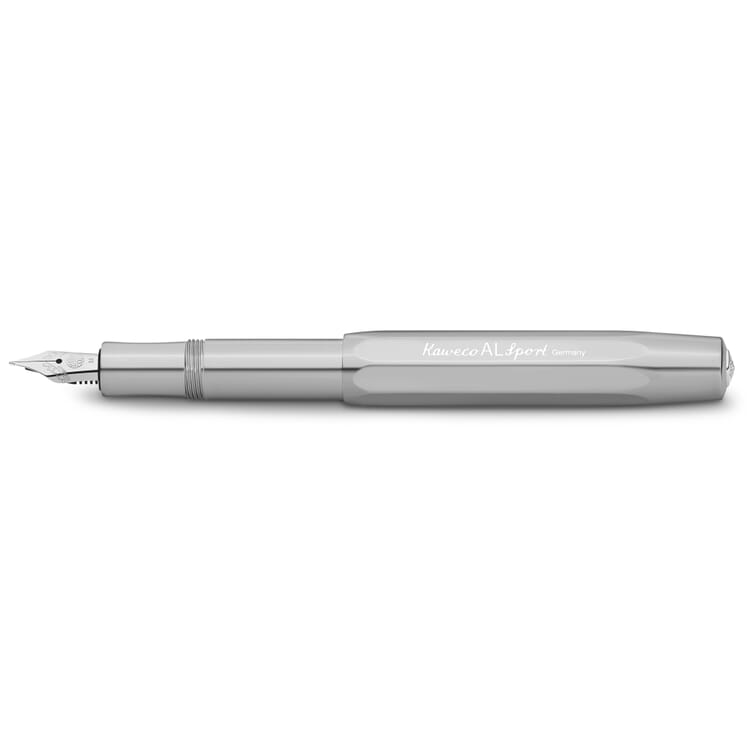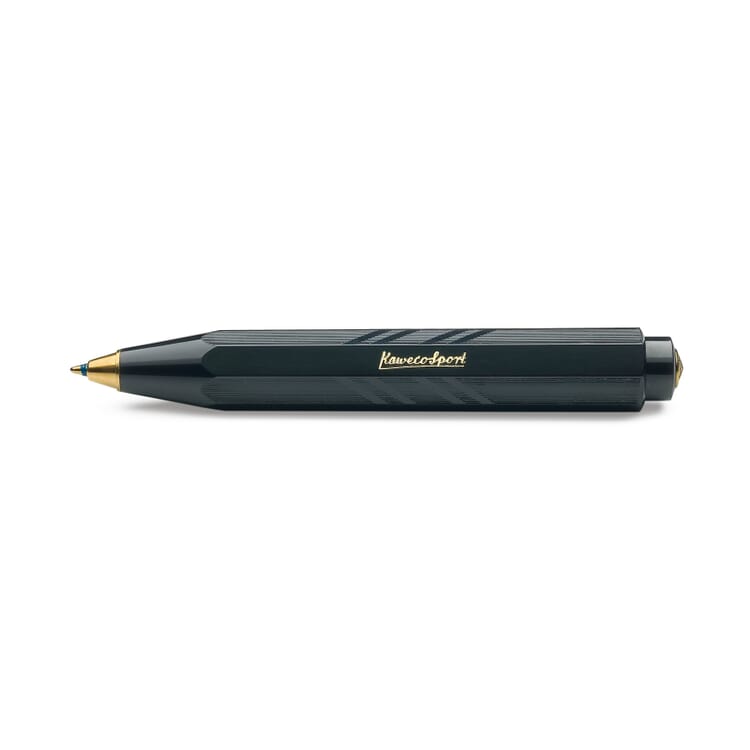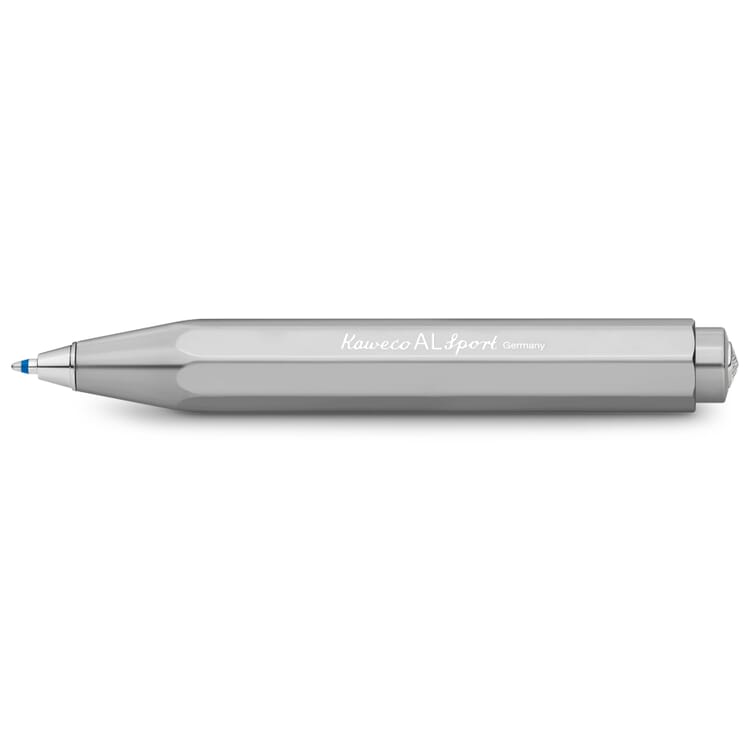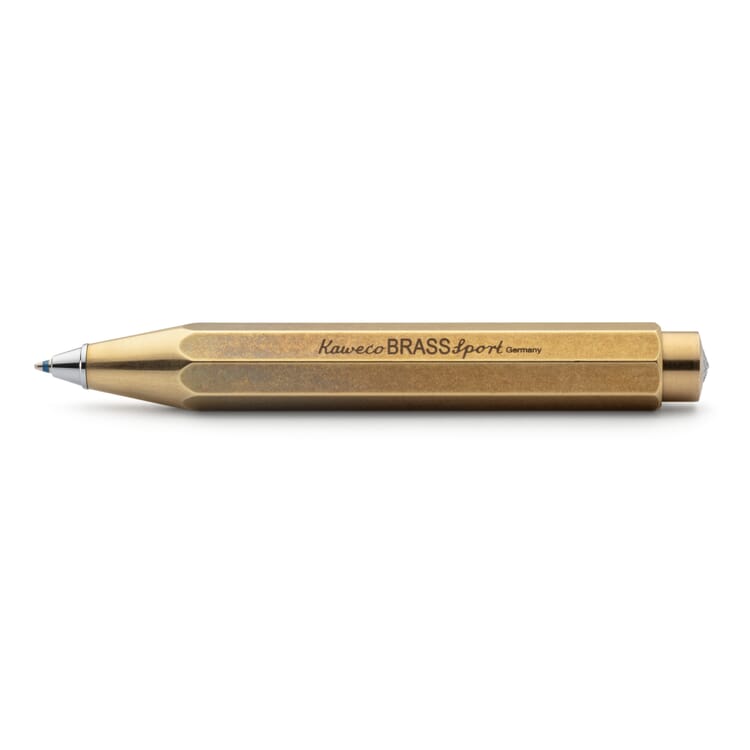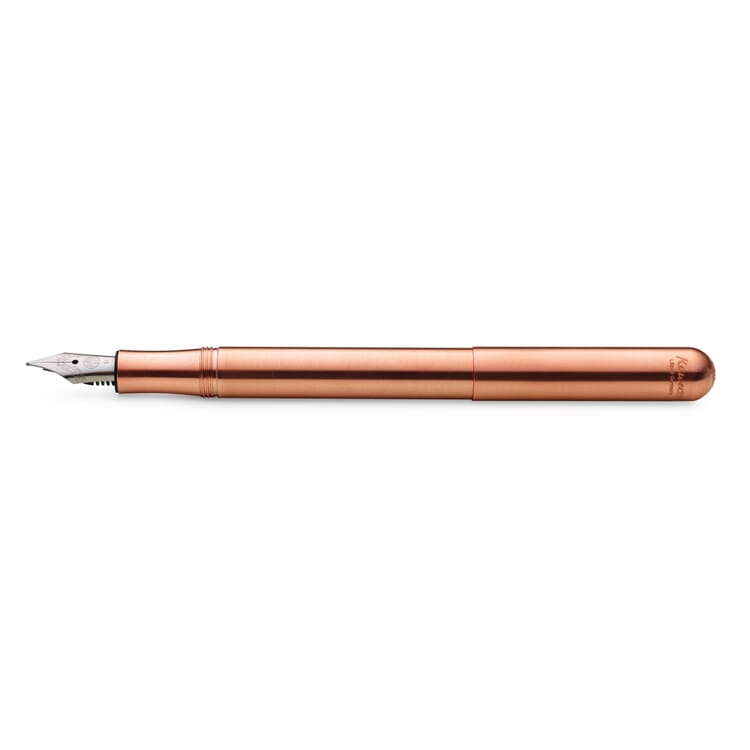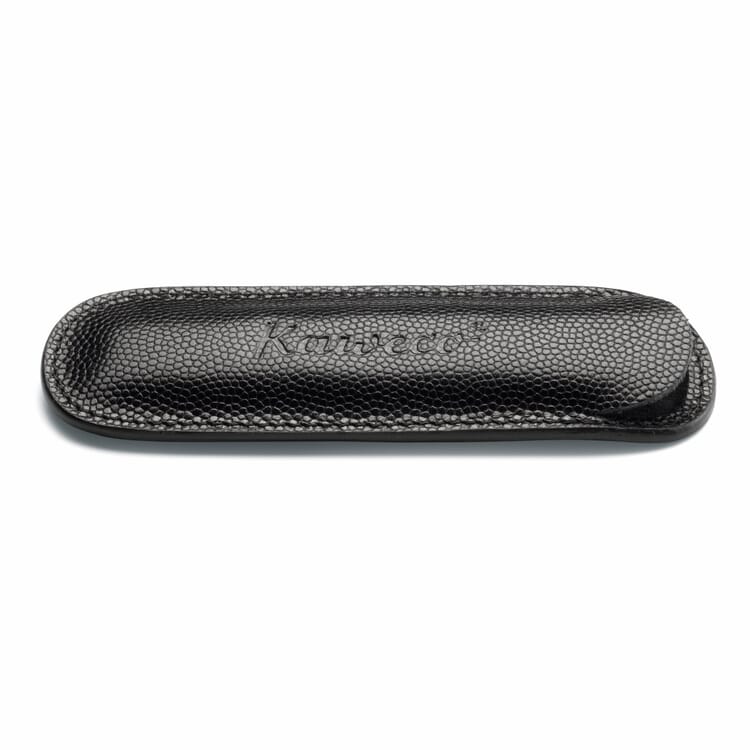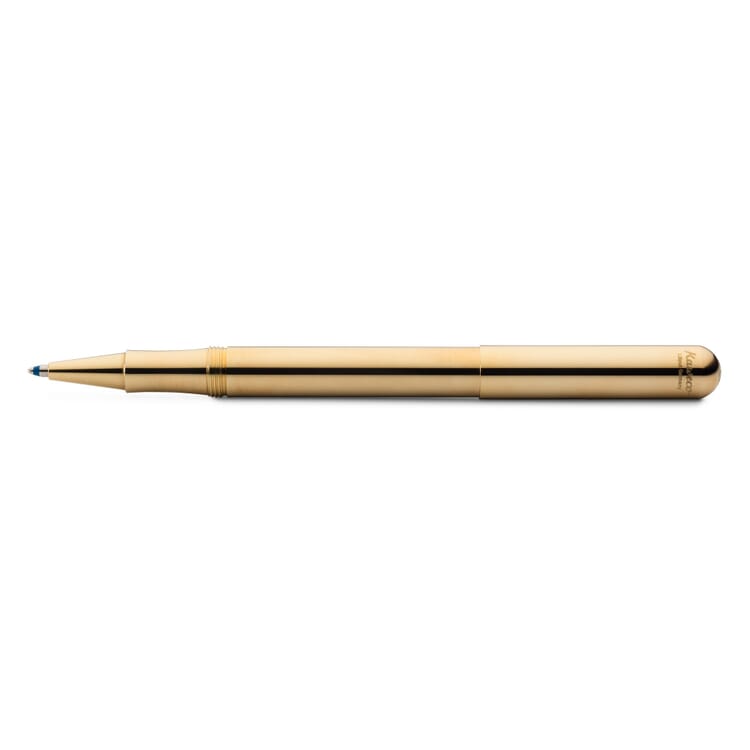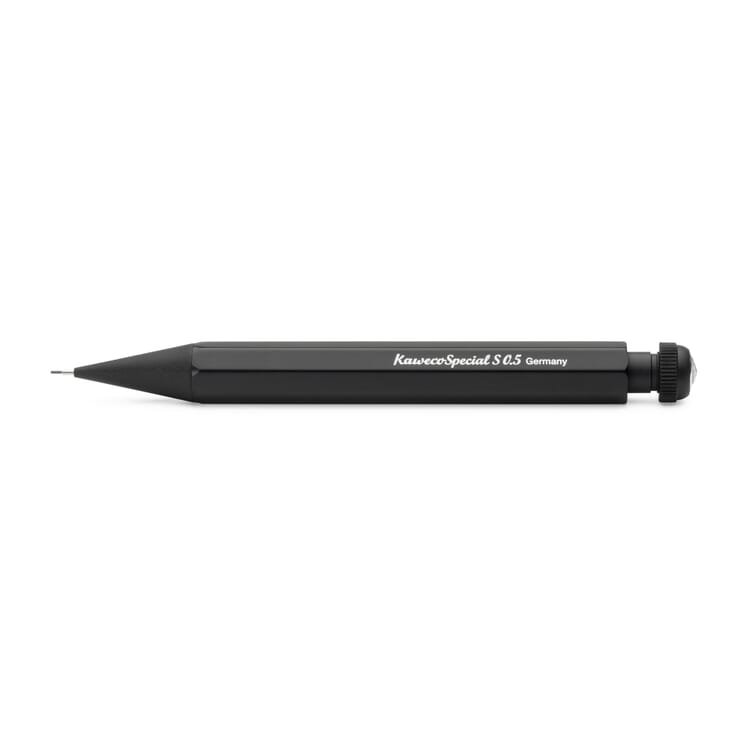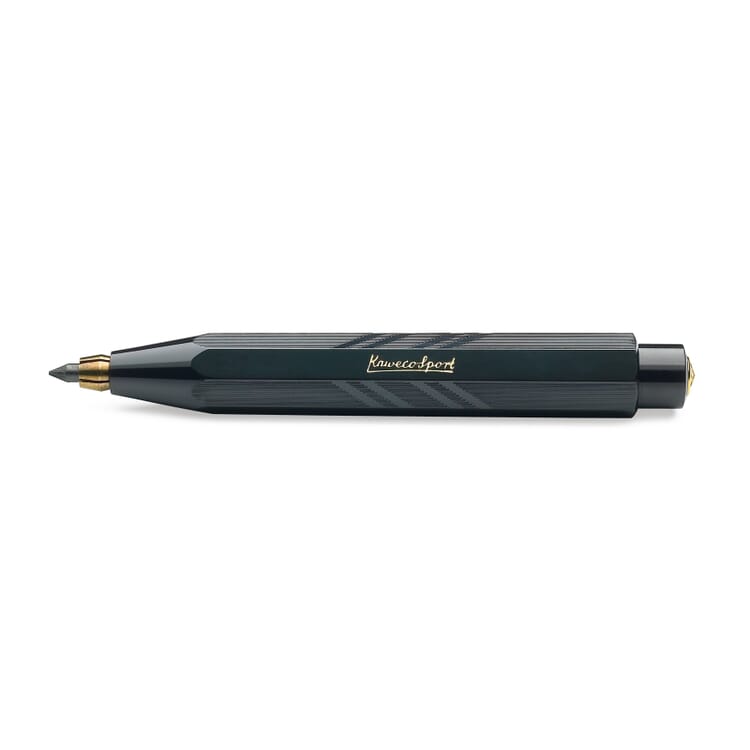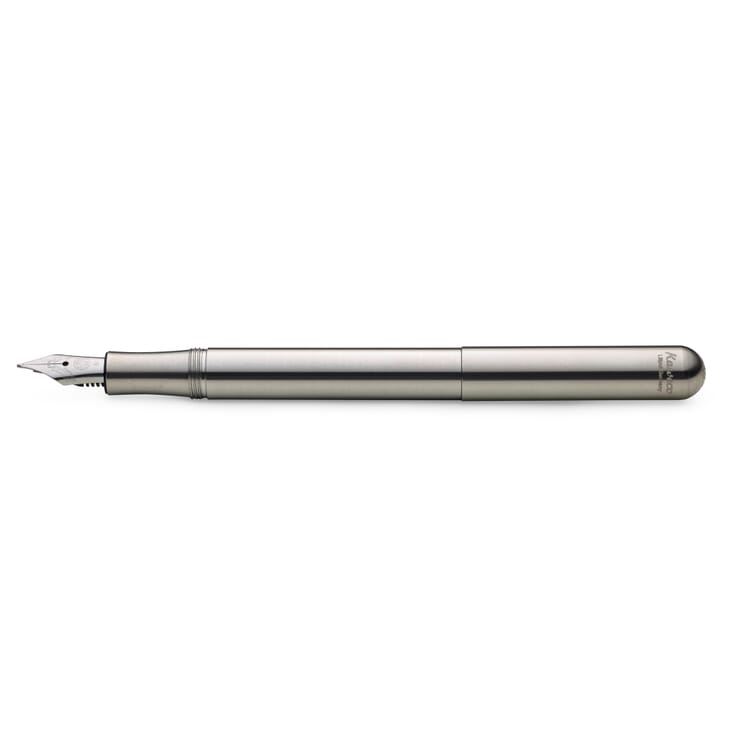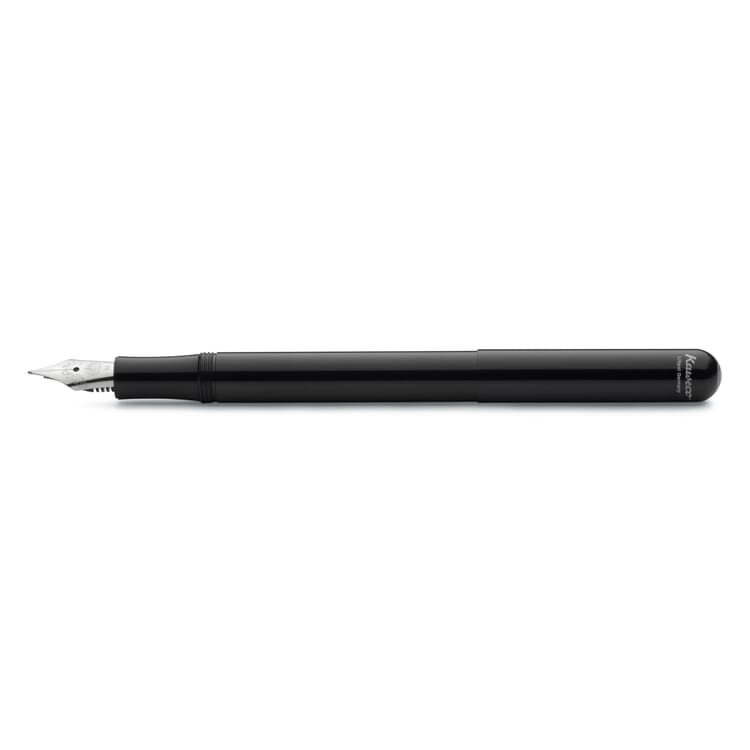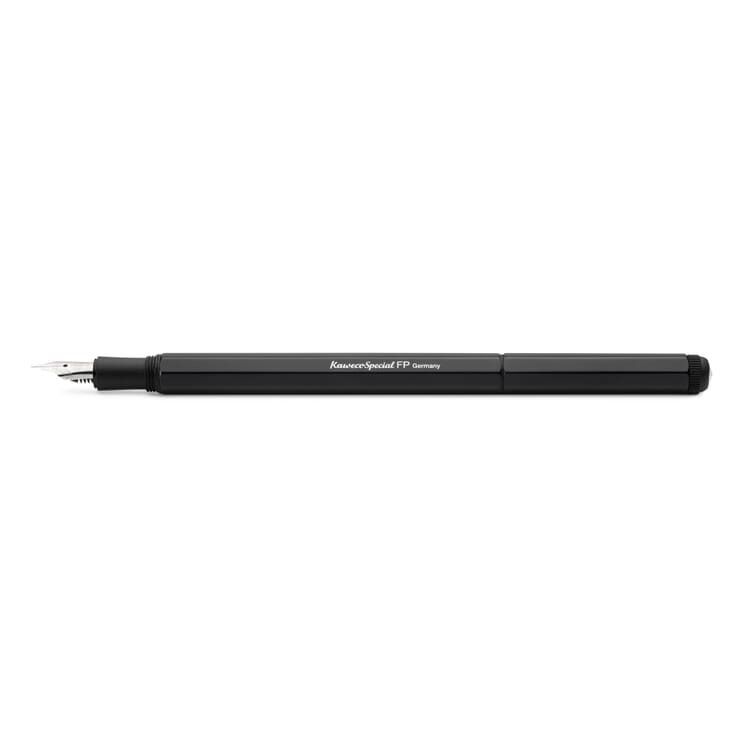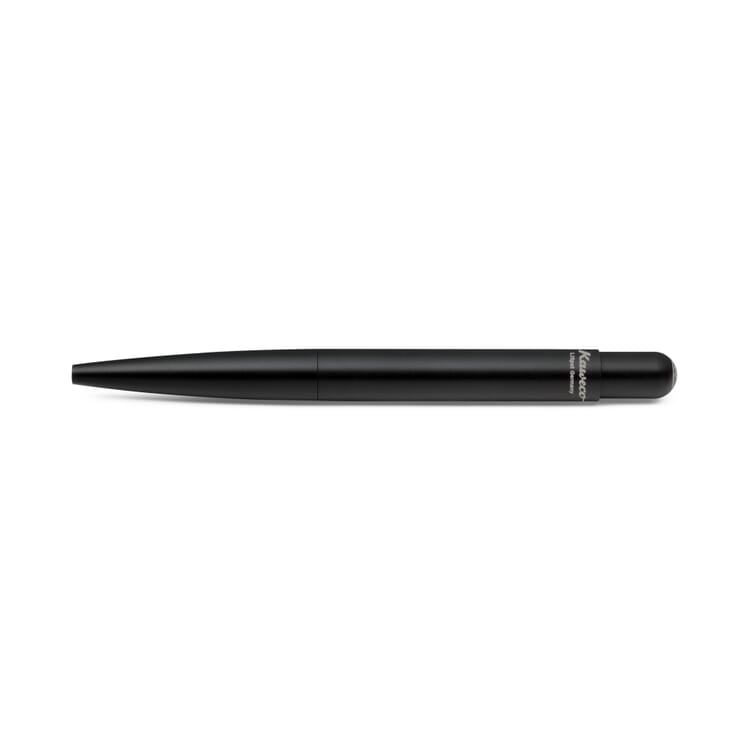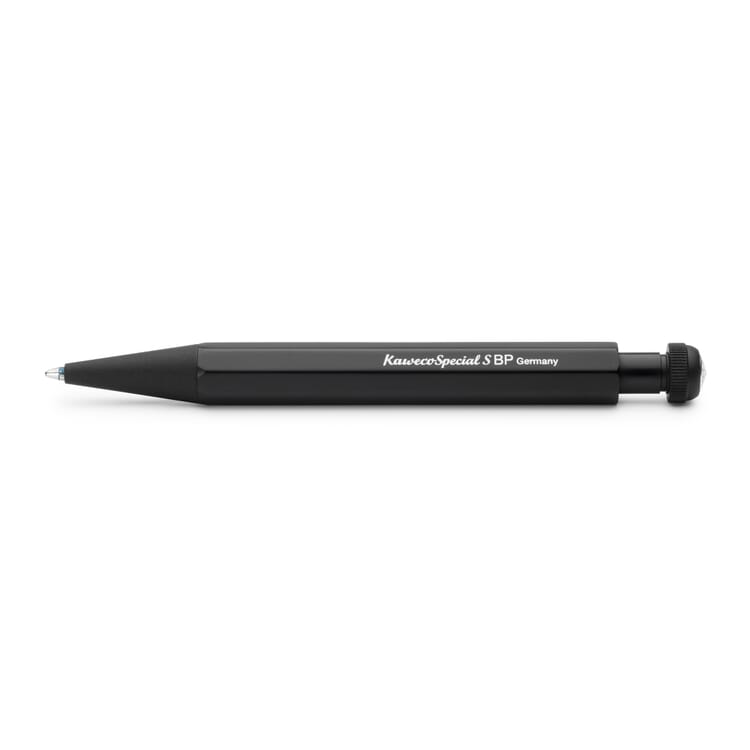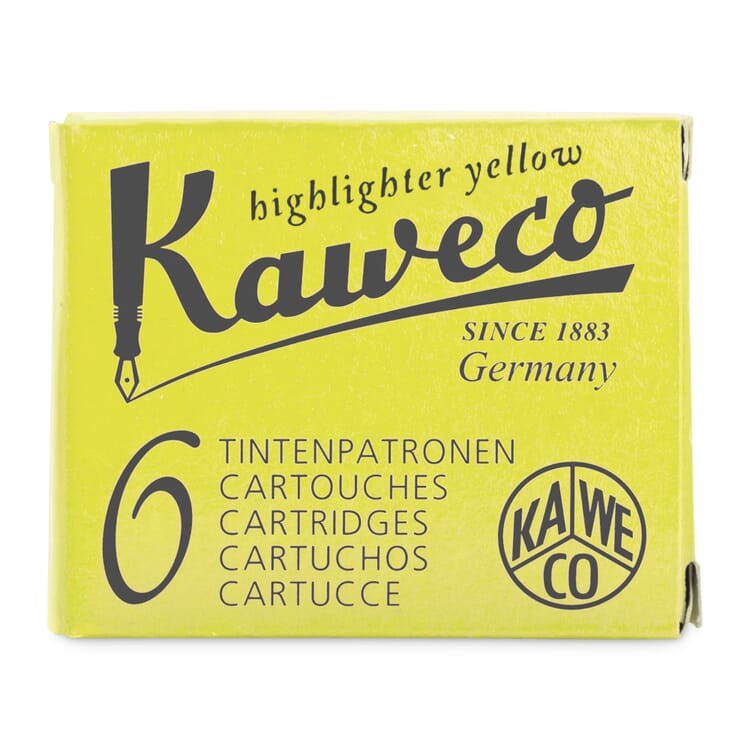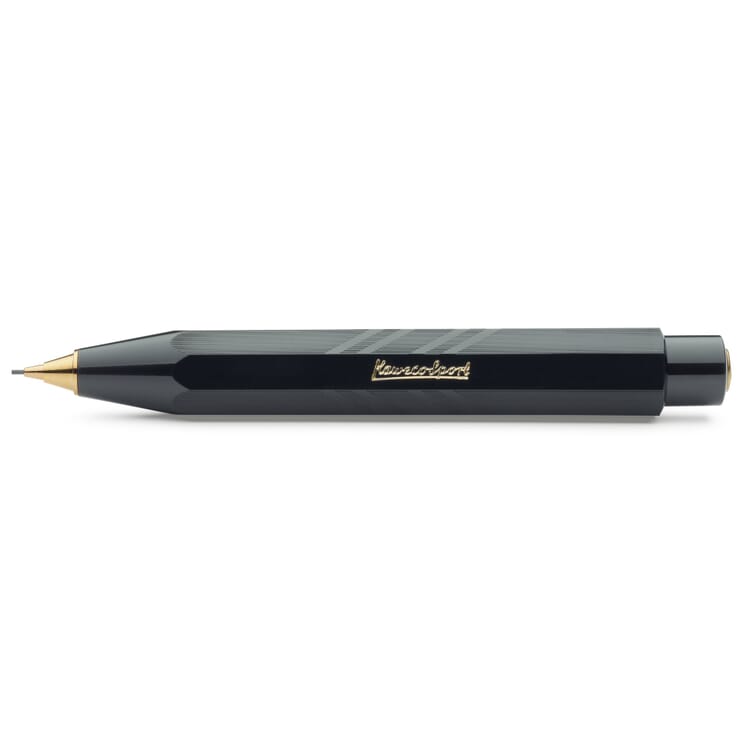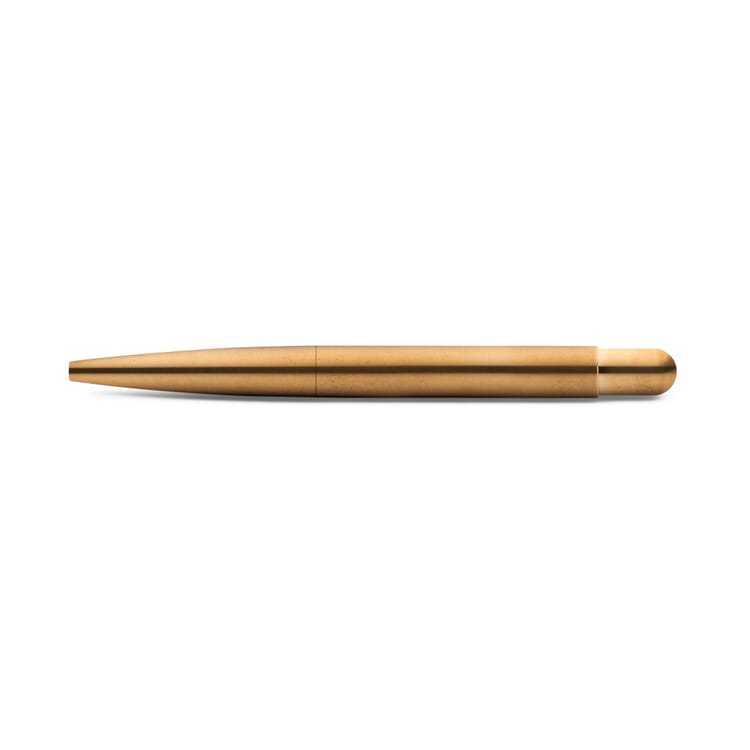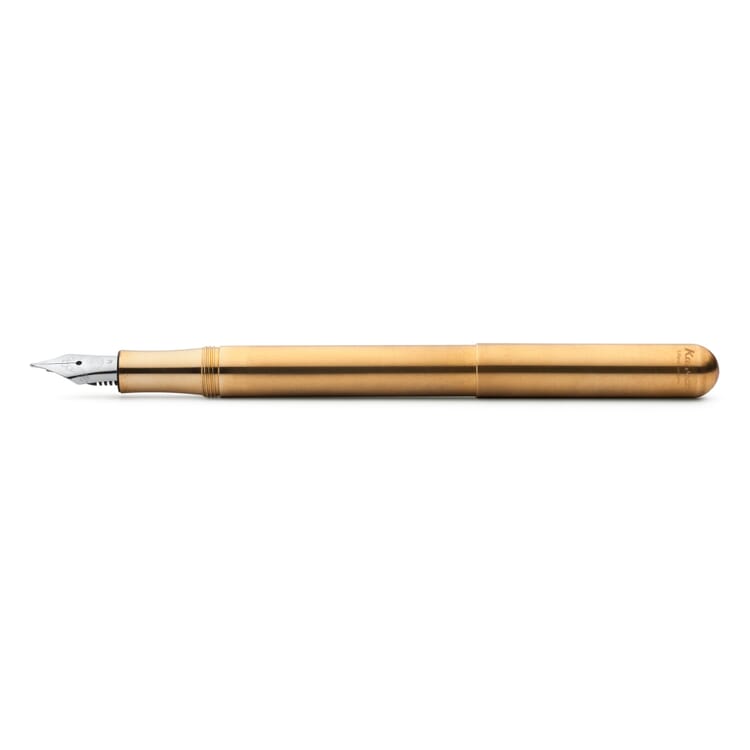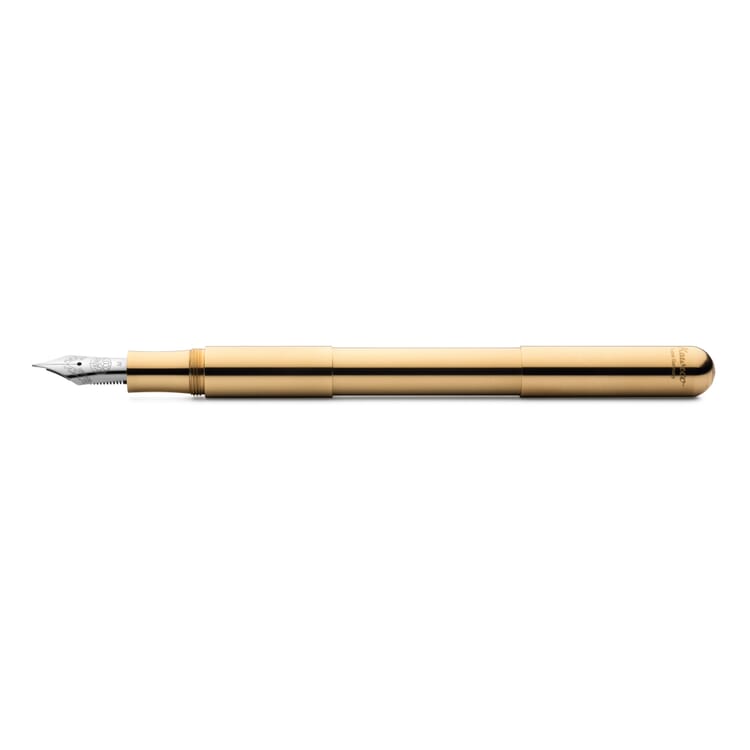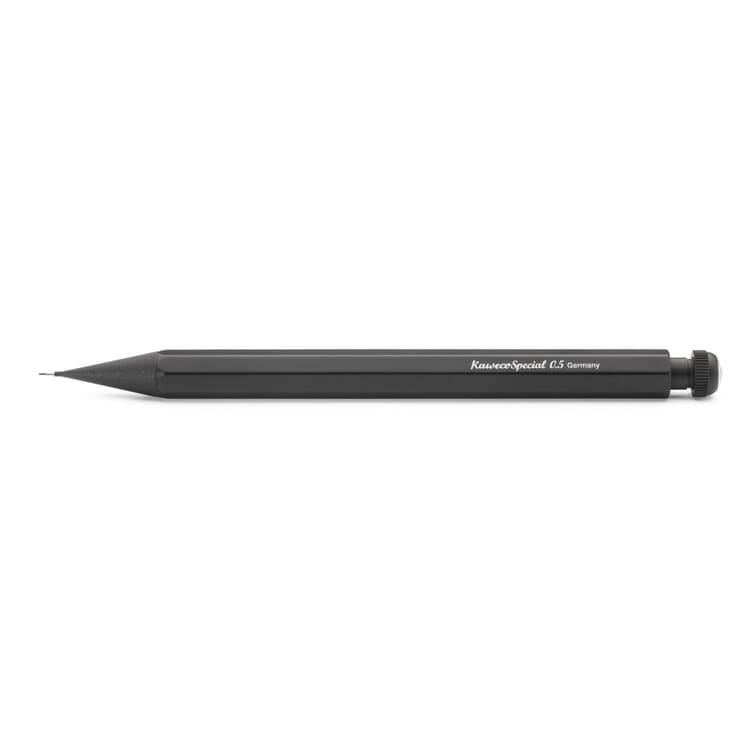Manufacturer
Kaweco writing instruments. Leading by tradition
A wealth of fountain pens. The first life of Kaweco
When two gentlemen named Luce and Enßlen founded the Heidelberg nib pen factory in 1883, the world of ink writing instruments was in a state of upheaval. Although fountain pens - as opposed to nib holders, which were still manually dipped in ink - had been around for some time, it was not until Lewis Edson Waterman patented a system for evenly flowing ink in 1884 that the foundations were laid for the mass market. The birth of Kaweco in the narrower sense came 16 years later: Heinrich Koch and Rudolph Weber took over the Heidelberg nib holder factory, and Koch, Weber & Co. was linguistically combined into the onomatopoeic Kaweco - initially as a brand name, and a few years later also as a company name.
Milestones such as the first Kaweco safety fountain pen in 1908, a product in which Kaweco was one of the pioneers on the German market, and the development of the famous octagonal Kaweco Sport fountain pen four years later paved the way for the company's transformation into a stock corporation in 1921. Kaweco had earned a reputation as one of the most important manufacturers in the industry, by now employing 600 people and producing 130,000 fountain pens a year - propelling pencils, inks, leather cases and the first felt-tip pens supplemented the product range. Unfortunately, things happened as they so often do - and regardless of the quality of a product: the company got caught in the waters of market-related and personal challenges, world wars, inflation, takeovers and family losses, and although Kaweco recovered several times, the company had to close in 1981.
The resurrection of the Kaweco Sport fountain pen
Around the time when the lights went out at Kaweco, the fountain pen passion of Michael Gutberlet began, who represents the "M" of H & M Gutberlet GmbH - a company that, among other things, had long been producing components for writing instruments. While strolling through a flea market, he discovered an old safety fountain pen, and with his father's birthday in mind - after all, fathers never "need" anything, and the search for gifts is generally difficult - Gutberlet grabbed it. A twist of fate, one might think, as the two began collecting old fountain pens, initially quite broadly, later limited to German brands, and finally focused entirely on Kaweco.
After ten years of collecting passion, which had by now passed entirely to the son, the idea of producing their own line of writing instruments grew - after all, the Gutberlets already had the expertise in manufacturing components and the necessary contacts. Looking at the extensive Kaweco collection, the question arose: Who actually still makes pocket fountain pens today? Those modest writing instruments that initially conceal their true size and, due to their usually delicate weight and small pack size, are excellently suited for travel or transport in a shirt pocket. The answer was quickly found: No one.
Instead of reinventing something that had already proven itself for decades - not for nothing did Kaweco Sport account for a major share of the company's sales for a long time - father and son Gutberlet decided to breathe new life into the beloved classic. The octagonal shape had always served not only practical but also aesthetic purposes: on the one hand, it ingeniously suppressed the urge to move that fountain pens usually display as soon as you put them down; on the other hand, the writing instrument radiated - we suspect not only in the eyes of the Gutberlets - a pleasantly solid stability of value. And after the naming rights for Kaweco became vacant in 1994, the father and son team stepped in and gave the traditional name a second life.
Proven in form, refined in function. Kaweco at Manufactum
However, the Kaweco Sport was to be just the beginning. The range of beautifully designed writing instruments, which today once again make the hearts of all friends of handwriting beat faster around the globe under the Kaweco name, encompasses a wide spectrum for all needs and tastes. At Manufactum, we appreciate the unmistakable look of the Sport series with gold-stamped Kaweco Sport lettering, which includes not only the fountain pen, but also a mechanical pencil, a drawing pencil and a ballpoint pen. The fine engraved pattern on the barrel - the expert refers to this as guilloching - is a feature that you will only find here. Technically, the company now relies on contemporary and precise mechanisms and accessories, some of which have been improved in-house and some of which have been supplied by specialists in the industry.
The other Kaweco products in the Manufactum range also combine tradition and innovation in an excellent way. The Liliput, relaunched for the 100th anniversary in 2010 and now made of high-quality metal, from aluminum and stainless steel to copper and brass, impresses as one of the smallest fountain pens ever. Its size is revealed in use - like all Kaweco fountain pens, it sits comfortably in the hand, while the nibs used, made by Peter Bock in Heidelberg, glide smoothly over the pages. Sometimes the smallest are the biggest after all.

